Minnesota’s Great Lake Wolf was on the endangered species list for 39 years but that changed last January once the population exceeded 3,000 wolves. At the end of Minnesota’s first wolf hunting season controversy still remains on many key issues and no resolution seems to be in sight.
On January 27, 2012, the Minnesota Legislature passed a bill that the governor then signed providing additional direction and authorities for conducting the state’s first-ever wolf hunting and wolf trapping season. The target harvest, put in place by the DNR, was 400 wolves. “There’s certainly interest in wolf hunting from a significant number of people. We had more applications for wolf hunting than black bear hunting,’’ said Ed Boggess, Department of Natural Resources Fish and Wildlife Division Director.
In order to receive one of the 4,000 wolf-hunting licenses permitted, hunters had to pay the $30 entrance fee to be put in the lottery for a chance to buy a license. Over 20,000 hunters entered this lottery. “The sale of permits brought in $202,720. The sale of licenses ($100 each for state residents, $500 for nonresidents) is expected to bring in about $120,000 more. Through Friday, the DNR had sold 505 wolf licenses to state residents and five to nonresidents,” the Journal reports.
So while the wolf hunt has obviously sparked a lot excitement, there has been a lot of controversy centered around it as well. “The controversy is that some people do not want to see anything killed at all. They believe this is where God put things on earth, and it is not up to us as humans to decide which animal populations should be taken out. We, [Minnesota], spent all those years trying to build back the wolf population that these people do not want to see the hunting season deplete the number,” said Mr. John Porisch science teacher and experienced hunter.
Not even half of Minnesota’s population was in favor of the wolf hunting season; however, the bill still passed. So many Minnesotans continue to speak out against this bill. Native Americans have really been the driving force behind the resistance of this bill. The wolf is the center of the Native Americans’ creation story. They have organized countless protests throughout the state.
While he has never hunted wolves, Adam Grazzini, sophomore and experienced hunter, supports the DNR’s regulation. “I have never hunted wolves, but I have hunted foxes. I know several hunters who hunt wolves. They hunt trophy wolves –these are the fully grown males…hunters would not shoot a female or a wolf under one year. These kinds of rules are another way that hunters help to manage the wolf population. If you don’t keep the population down, there is not enough food. By hunting or harvesting them, you keep the wolves alive,” Grazzini said.
The second element surrounding the wolf controversy is the trapping of wolves. The controversy has split opinions even within the hunting community. “Trapping is more effective. Some may argue that hunting with a rifle is more ethical or fair chase for the wolves––giving the wolves more of a chance,” said Mr. Porisch.
Others in support of hunting wolves are not as keen about trapping them. “I think there are more humane ways to go about killing wolves. Sometimes the wolf will get so desperate to get out of the trap that it will eat off its arm,” said Grazzini.
In the end it’s all about what is best for the wolf, even for those who hunt them. “Hunters are emotionally invested in the animals [they hunt]. It sounds strange, but deer hunters for instance really love deer. Hunters are outside stomping through fields, appreciating nature, and animals are a part of that. Of course, there are exceptions to that, but for the most part, you will find hunters to be a very supportive community when it comes to protecting animals. It is a sort of a paradox,” Mr. Porisch said.


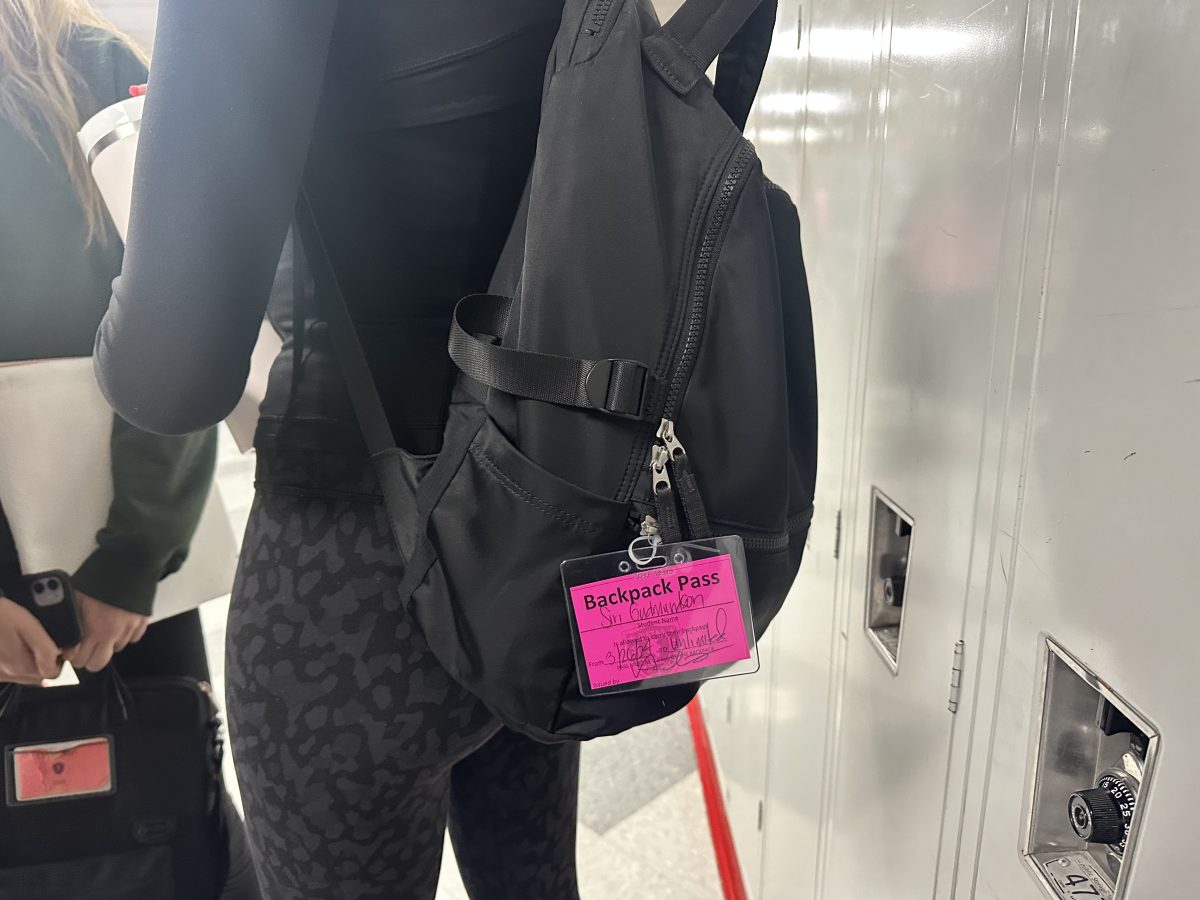


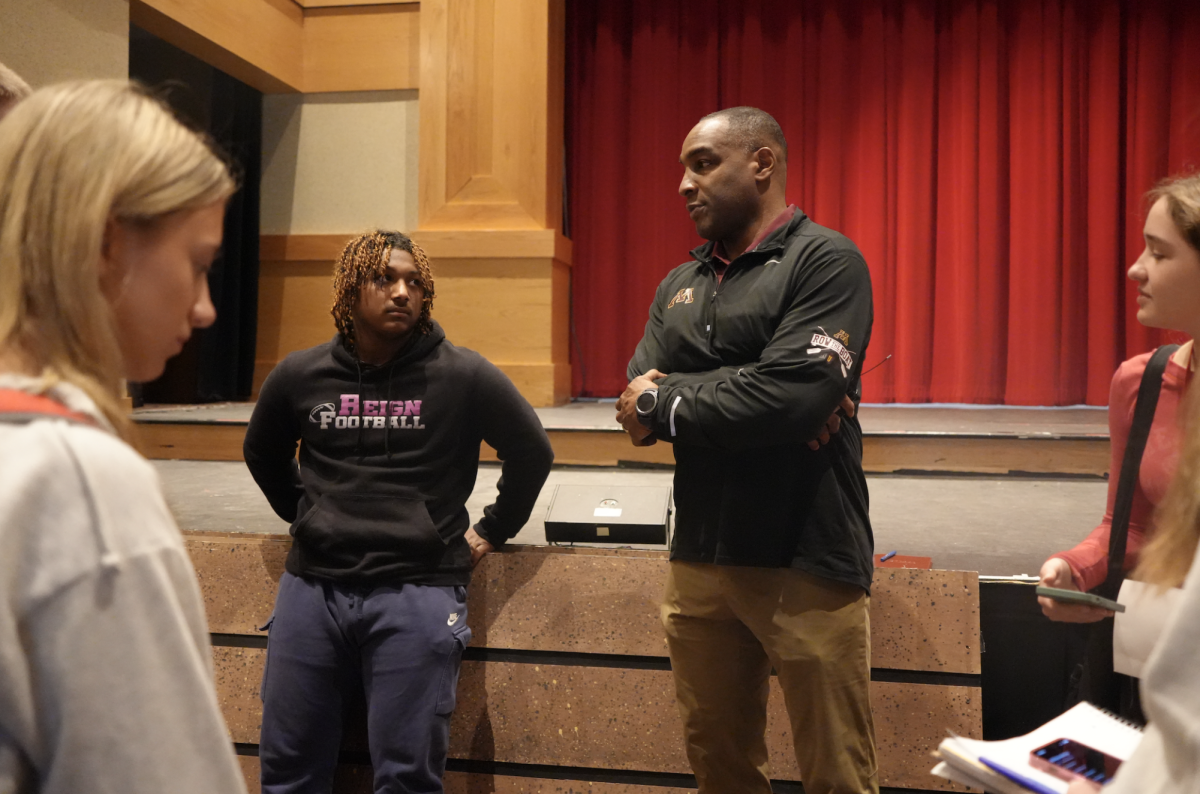


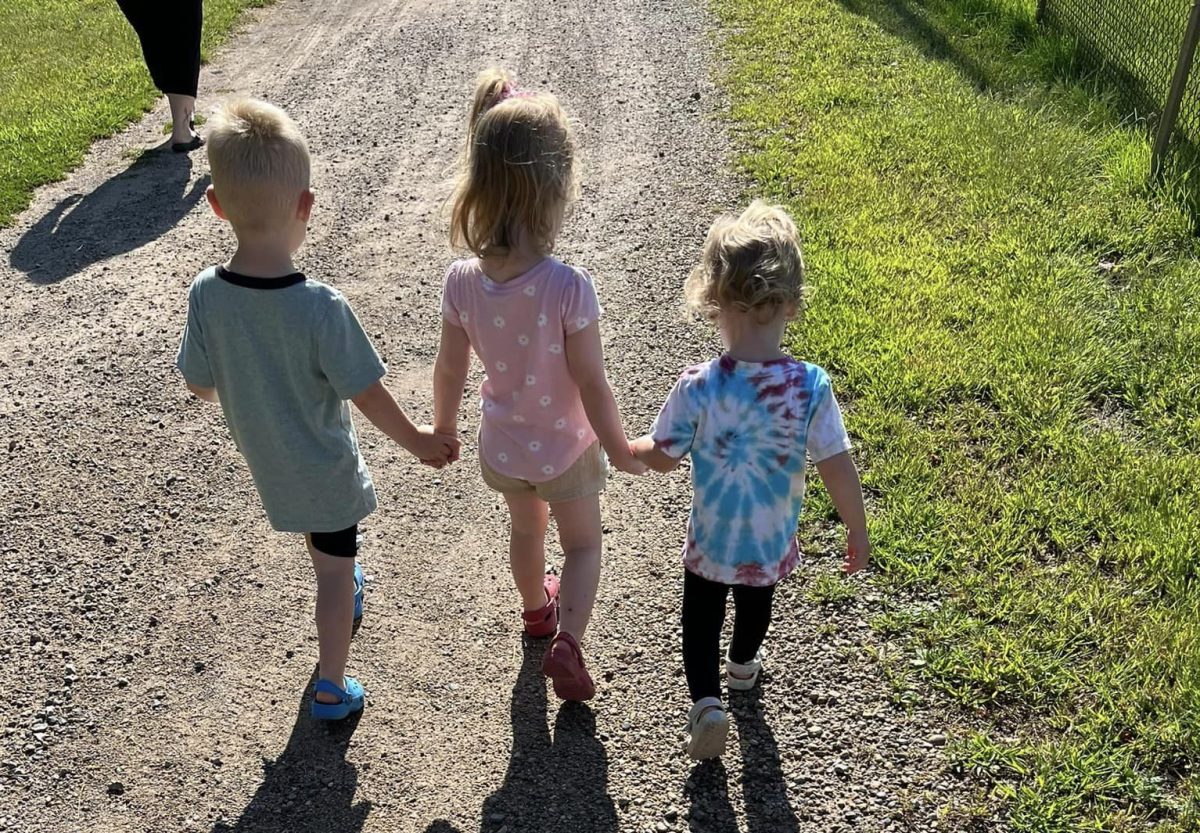
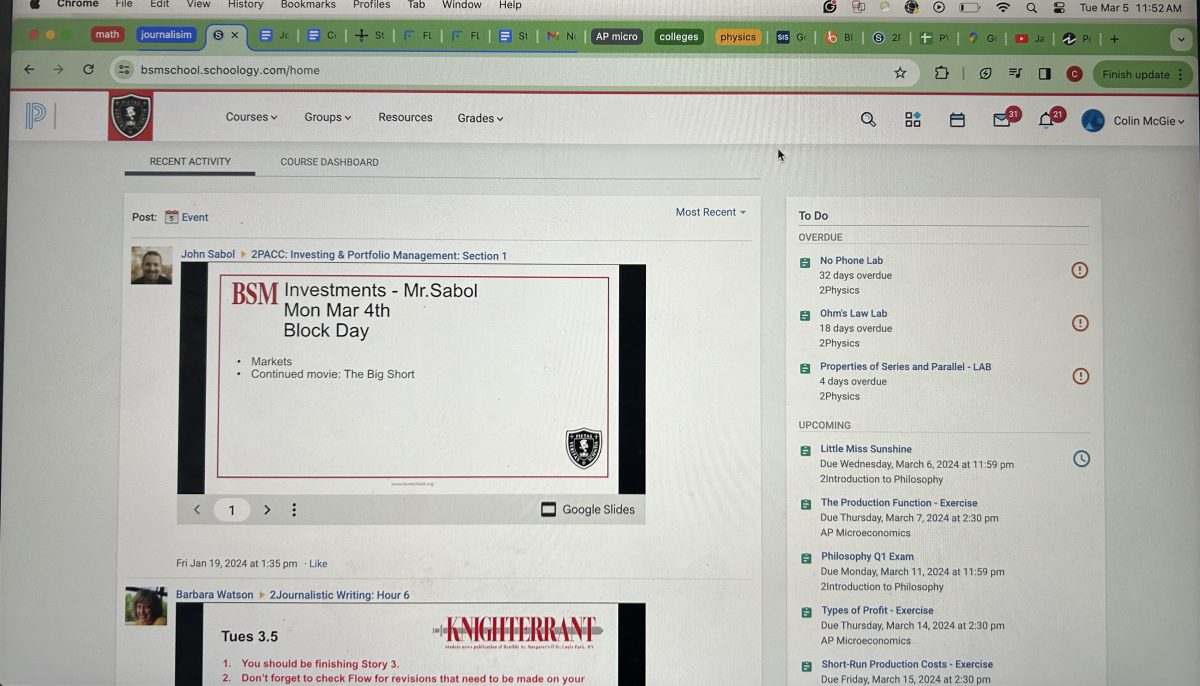













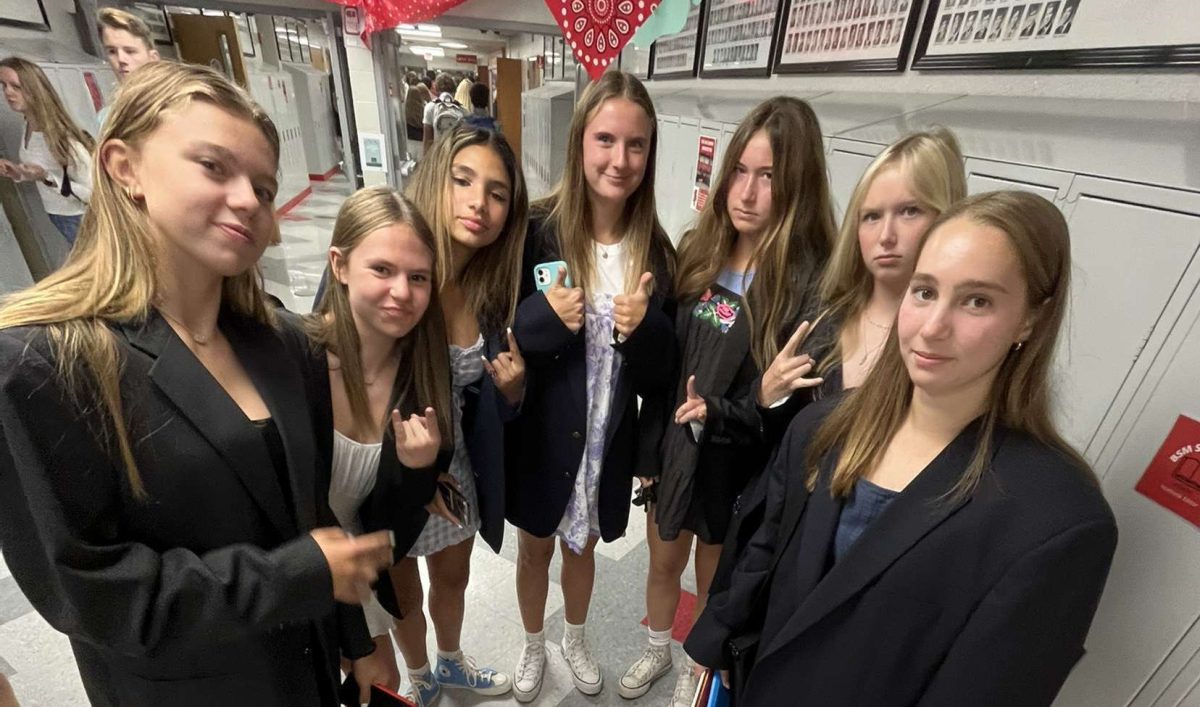





















Jon Pachkofsky • Feb 19, 2013 at 10:58 am
Wolves are wondrous animals that weed out the weak and the lame of other species. Their family oriented and do not deserve to be trapped. Trapping is cruel for any animal and should not be allowed. I’m okay with hunting the problem ones as long as it’s a quick kill so that their is no unnecessary pain.